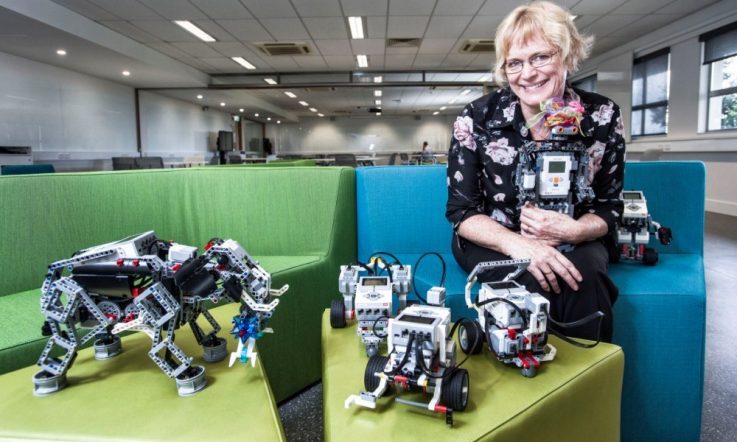Having a strong school professional learning community benefits students and teachers alike, but what are the characteristics of such communities and how do you go about building one?
Lawrence Ingvarson is a Principal Research Fellow in the Australian Council for Educational Research (ACER) Teaching and Learning research program. He stresses that, for schools, a professional learning community should be ‘a way of life, not an add-on program'.
Writing in Research Developments (RD) Ingvarson notes: ‘Teaching as a practice maintained in isolation is replaced by collaboration. … Essentially, what defines a professional community is a shared commitment to work together to create an effective learning environment.'
ACER's Professional Learning Community Framework covers the key characteristics and elements of effective professional communities across five domains:
- professional culture
- leadership
- focus on students
- focus on professional learning; and
- performance and development.
Ingvarson says the framework – which also includes indicators and rubrics for each domain – is ‘based on a synthesis of rigorous research about the characteristics of professional communities that lead to improved student outcomes'.
Discussing the five domains, he explains collaboration, reflection and sharing of practice are elements of a strong professional culture, while the area of leadership includes school leaders establishing a shared vision for an accountable learning community.
When it comes to a focus on students, research suggests effective professional learning communities ‘make intelligent use of evidence to pinpoint areas needing intervention to enhance learning outcomes for all students'. In the area of professional learning, members of effective communities are constantly building their own capacity, drawing on research and ideas about better ways to teach. Finally, in the professional development domain Ingvarson says individuals ‘review their performance in the light of standards for accomplished teaching and feedback about its impact', which means they can set goals and pinpoint the PD they need to help achieve them.
‘A professional learning community that leads to continuous improvement in teaching practices and student outcomes does not just happen. It depends on a strong professional culture characterised by shared norms and values, a focus on student learning, collaborative approaches to work and reflective inquiry into teaching practices, as well as leadership that fosters and supports that professional culture,' Ingvarson says.
Read the full article: School improvement and a strong professional learning community, published in ACER's Research Developments.
As a teacher, how often do you reflect on your own practice and discuss this with colleagues? How do these discussions inform your future practice?
ACER offers a customised service to schools giving a snapshot of where they stand in relation to the characteristics of a professional learning community. To find out more about the service visit https://www.acer.edu.au/school-improvement/improvement-services/professional-learning-community-framework



